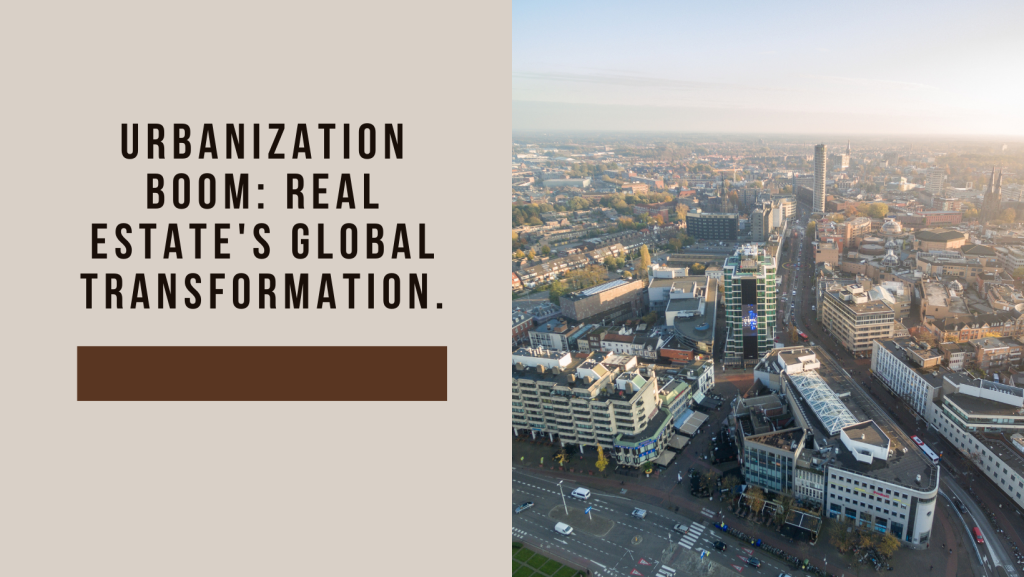The global real estate market is constantly changing due to urbanization, as cities grow and change to accommodate an increasing number of people. Rapid urbanization has been a defining trend in recent years, fueled by causes like migration from rural to urban areas, economic development, and shifting lifestyles. The demand for housing, commercial space, and infrastructure has increased as more people move to metropolitan areas in search of opportunity. This has presented opportunities and problems for real estate developers and investors.
Demographic changes are a major factor in urbanization; younger generations increasingly want to live and work in bustling urban areas. The need for mixed-use projects that provide a combination of residential, commercial, and recreational areas close to one another has increased as a result of this demographic shift.
In response, developers are coming up with creative urban projects that include facilities that are focused on the community, eco-friendly designs, and smart technologies to meet the varied demands and preferences of urban residents.
Urbanization has also sparked the redevelopment of abandoned urban areas and the regeneration of city centers. Urban revitalization projects are being embraced by cities worldwide as a means of improving livability and drawing investment. Examples of these projects include converting abandoned warehouses into bustling cultural areas and turning derelict industrial sites into stylish loft residences. Urban neighborhoods are given new life by these redevelopment initiatives, which also support job creation, economic expansion, and cultural enrichment.
However, there are drawbacks to urbanization as well, including a lack of cheap housing, clogged roads, and deteriorating environmental conditions. Urban planning techniques that prioritize resilience, diversity, and sustainability are needed to address these issues. Cities may build more habitable and fair urban environments for all citizens by funding green infrastructure, affordable housing programs, and transit-oriented development.


